
How to treat dry skin in dogs
how to treat dry skin on dogs? If you’ve watched your German shepherd “Rex” scratch his back against the living room couch until tufts of fur stick to the fabric
An older dog’s recovery from anesthesia can vary more than a young pup’s, and it’s not just about the time on the operating table. Most will start to stir within 2 to 4 hours after the procedure, but full clarity might take a full day—or even two. A vet in Edinburgh once explained it to me like this: “Think of it as a fog that lifts slower in a body that’s had more years to carry.”
Size plays a role, but age itself is a bigger factor. A 10-year-old Beagle might bounce back faster than a 12-year-old Great Dane, not because of breed, but because smaller bodies process certain drugs differently. Weight matters too—overweight seniors often take longer, as anesthesia can linger in fatty tissues.
You’ll notice little signs first: a twitch of the ear, a weak lift of the head, maybe a quiet whimper. These are good signs, but don’t mistake them for full wakefulness. Veterinarians in Berlin and Toronto both stress that true recovery means the dog can stand steadily, respond to their name, and show interest in water. Anything less, and they’re still in that groggy phase.
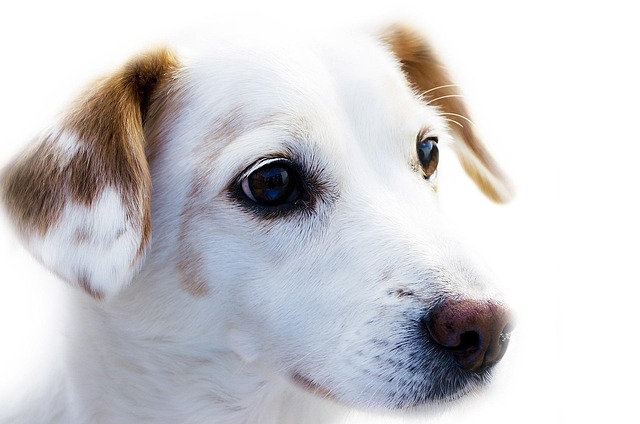 Medications matter too. If your dog was given painkillers alongside anesthesia, the combination can extend the drowsy period. This is normal, even intentional—keeping them calm helps with healing. But it’s why post-op instructions are so strict: no food for 12 hours, limited water, and absolutely no letting them jump on furniture. A friend in Denver learned that the hard way when her 11-year-old Cocker Spaniel tried to climb the couch and strained a stitch.
Medications matter too. If your dog was given painkillers alongside anesthesia, the combination can extend the drowsy period. This is normal, even intentional—keeping them calm helps with healing. But it’s why post-op instructions are so strict: no food for 12 hours, limited water, and absolutely no letting them jump on furniture. A friend in Denver learned that the hard way when her 11-year-old Cocker Spaniel tried to climb the couch and strained a stitch.
In many European countries, like Sweden and Austria, animal welfare laws require vets to provide detailed aftercare plans for anesthesia recovery, including signs to watch for. In the U.S., states like California mandate that clinics follow AAHA guidelines, which emphasize monitoring seniors for up to 72 hours post-procedure. These rules exist because older dogs are more prone to complications—like low blood pressure or slow breathing—while coming out of it.
Environment helps speed things along. Keep the room quiet, dim the lights, and avoid too many visitors. A familiar blanket or toy can reduce anxiety, which in turn helps the body metabolize the drugs faster. One vet tech in Dublin swears by playing soft classical music; she says it lowers stress hormones in recovering seniors.
If your older dog is still disoriented after 24 hours, or if they’re vomiting, shivering excessively, or not drinking, call the vet immediately. These aren’t just signs of slow recovery—they could signal something more serious. With patience, proper care, and an eye on those post-op instructions, most seniors bounce back nicely. It just takes a little more time, and a lot more gentle attention, than their younger counterparts.

how to treat dry skin on dogs? If you’ve watched your German shepherd “Rex” scratch his back against the living room couch until tufts of fur stick to the fabric
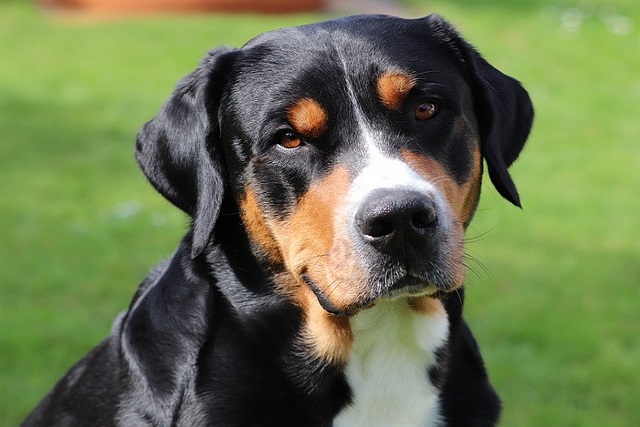
What are the crusty flakes on my dog's skin? If you’ve ever run your hand through your schnauzer “Charlie’s” fur and noticed tiny, dandruff-like flakes sticking to your palm
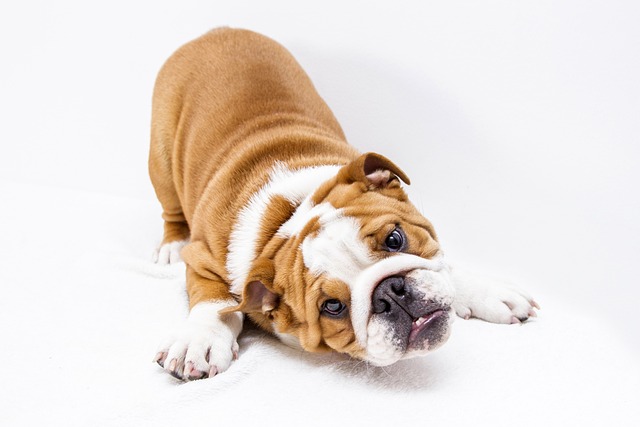
French bulldogs, with their squishy faces and playful energy, are prone to sensitive tummies—diarrhea can strike out of nowhere, leaving you scrambling for solutions. It’s not just messy; it can signal something off in their diet, environment, or health.
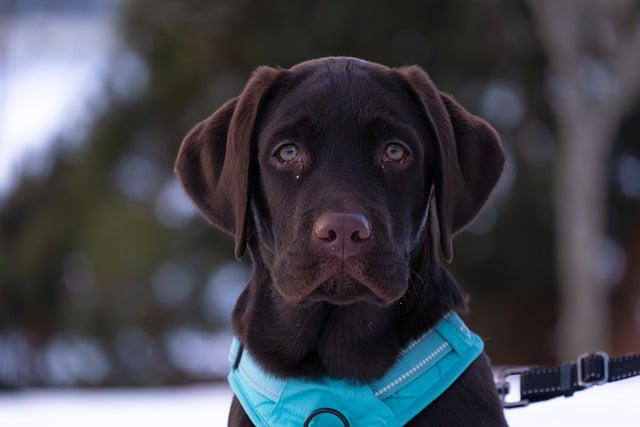
Picture this: It’s 95°F in Austin, and your terrier dances awkwardly on hot pavement during your neighborhood stroll. You wonder – could those cute socks from Petco save his paws?
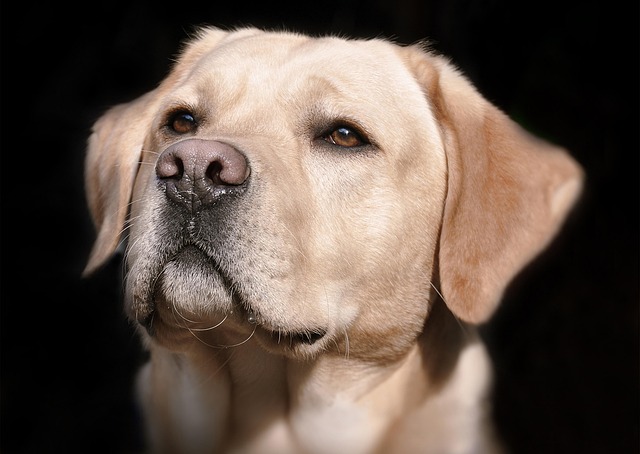
Discovering your dog limping or licking frantically at their paw is a heart-sinking moment for any new pet parent. Those tough paw pads shield them from hot sidewalks

How to improve a dog's coat condition? If you’ve run your hand through your poodle “Luna’s” fur lately and noticed it feels more like straw than silk—dull